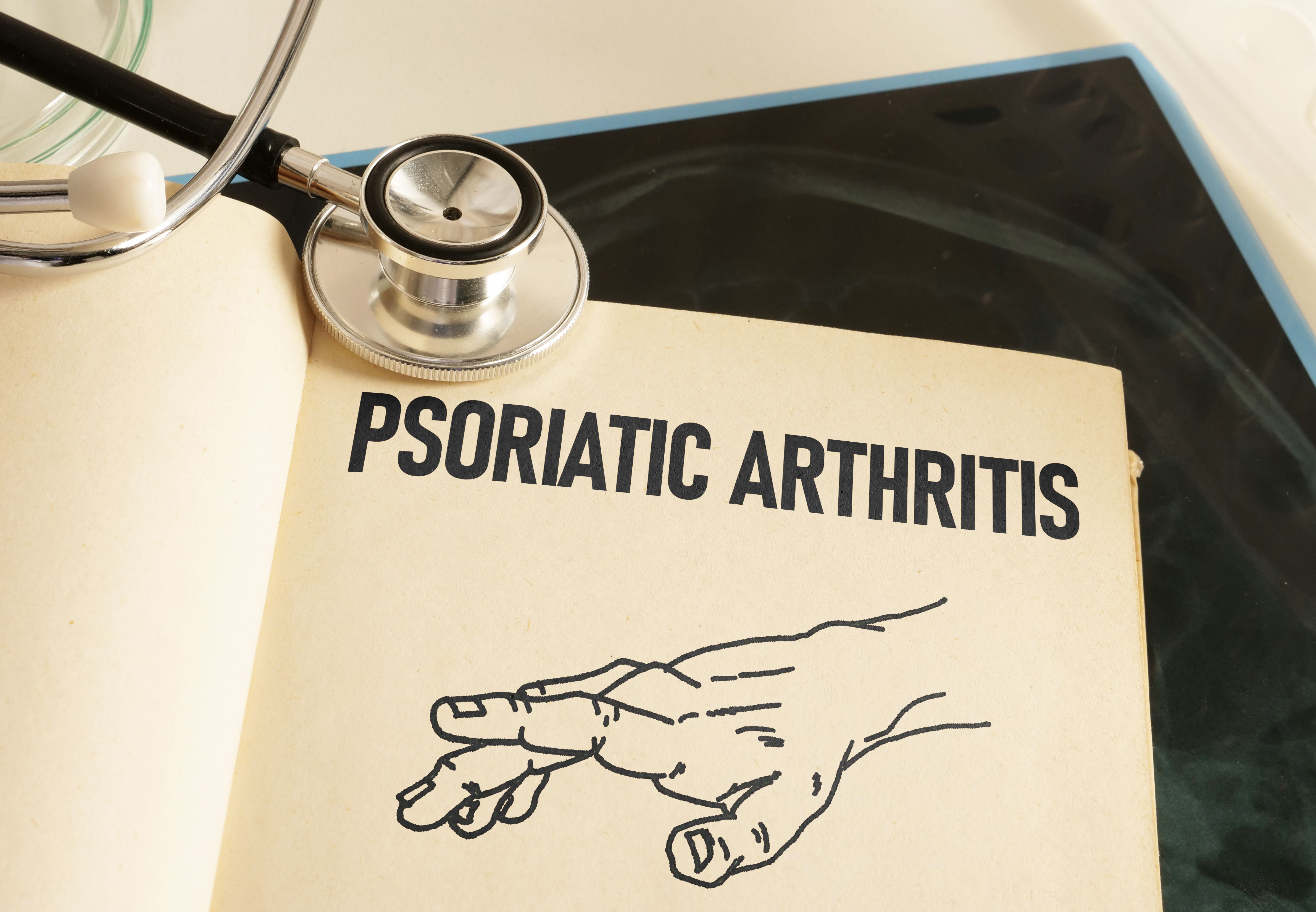News
Article
Higher Psoriatic Arthritis Disease Burden Found Among Hispanic, Non-White Patients
Author(s):
Key Takeaways
- Hispanic and non-White PsA patients show higher tender joint counts and more radiographic axial involvement than White patients, despite similar medication use.
- PsA research and clinical trials predominantly involve White patients, highlighting a need for more diverse representation.
Hispanic and non-White patients with psoriatic arthritis (PsA) had higher tender joint counts and greater disease severity, highlighting racial and ethnic disparities in PsA disease burden and treatment outcomes.
Despite similar swollen joint counts and medication use, Hispanic and non-White patients with psoriatic arthritis (PsA) were found to have higher tender joint counts and were more likely to have radiographic axial involvement than White patients, according to a study published in Rheumatology.1
The researchers emphasized that the influence of race and ethnicity on the clinical presentation, treatment response, and quality of life among patients with PsA remains unknown. PsA was originally thought to be a “Caucasian” disease, but recent studies found a significant burden of psoriatic disease in Black, Asian, and Hispanic populations.
Despite this, few studies have analyzed racial and ethnic differences in patients with PsA.2 Similarly, PsA clinical trials consist mostly of White patients. Consequently, the researchers assessed the racial and ethnic differences that develop from the clinical features, comorbidities, and treatment of PsA among a highly diverse, metropolitan population.1
Hispanic and non-White patients with psoriatic arthritis (PsA) had higher tender joint counts and greater disease severity, and they were more likely to have radiographic axial disease. | Image Credit: Andrii - stock.adobe.com

Eligible patients with PsA were enrolled at the New York University Psoriatic Arthritis Center (NYU PAC) and associated outpatient clinics and practices between January 7, 2015, and November 30, 2022. The researchers defined a patient’s baseline visit as the first clinical interaction at the NYU Langone Health System, regardless of the stage of disease, duration, or treatment.
They recorded each patient’s demographics, comorbidities, disease outcomes, and medication use. Based on self-reported race and ethnicity, patients were divided into groups of White and non-White individuals.
The disease activity measures included physical exam findings, such as tender and swollen joint counts and body surface area (BSA) affected by psoriasis; mild psoriasis was defined as BSA of less than 3%, moderate as between 3% and 10%, and severe as greater than 10%. The measures also included patient-reported outcomes, as determined by the Routine Assessment of Patient Index Data 3 (RAPID3).
The study population consisted of 817 patients, 48.6%of whom were female with a mean (standard deviation [SD]) age of 46.5. In terms of race and ethnicity, the population was 77.3% non-Hispanic White, 11.8% Hispanic, 7.1% Asian, 2.2% Black, and 9.9% identified as other races.
At the first visit, patients had an average of 3.2 (SD, 4.8) tender joints and 1.9 (SD, 3.3) swollen joints. The average BSA was 3.2%, indicating moderate psoriasis. Additionally, 610 patients (74.7%) were on medication for PsA, including 354 (43.3%) on biologics.
The researchers first compared non-Hispanic White patients (n = 632) with Hispanic and non-White participants (n = 185). Disease characteristics were generally similar among the 2 groups, but the presence of radiographic axial disease was more common in Hispanic and non-White individuals (25.4% vs 16.3%; P = .005). Despite similar systemic medication use among both groups, Hispanic and non-White individuals had a higher tender joint count (4.0 [SD, 5.6] vs 3.0 [SD, 4.5]) and a numerically higher BSA (4.6% [SD, 11.0] vs 2.8% [SD, 8.3]; P = .06).
When adjusting for age, sex, and medication use, Hispanic and non-White individuals had a tender joint count that was 1.03 joints higher (95% CI, 0.05-2.01) than that of White patients. Additionally, Hispanic and non-White individuals had 1.8% (95% CI, 0.2-3.4) more BSA and scored 1.7 (95% CI, 0.1-3.3) points higher on the RAPID3.
More specifically, Hispanic participants (n = 93) had similar swollen joint counts and medication use to White individuals. However, they were more likely to have radiographic axial disease (25.8% vs 16.3%; P = .03), higher tender joint counts (4.4 [SD, 5.5] vs 3.0 [SD, 4.5]; P = .03), higher RAPID3 scores (14.6 [SD, 7.7] vs 10.3 [SD, 6.2]), and moderate-severe psoriasis (30.7% vs 17.5%; P = .01).
The researchers acknowledged their study’s limitations, including its small sample size. They also lacked detailed information on socioeconomic status and other environmental and economic factors potentially associated with racial and ethnic differences, like access to care, health literacy, and employment. Consequently, the researchers suggested areas for further research.
“…larger population-based studies with representation of all racial and ethnic groups coupled with molecular endotyping as well as more detailed socioeconomic phenotyping are needed to better understand the commonalties and differentiating features of demographic and biologic drivers of disease for each patient group population with PsA,” the authors concluded.
References
- Haberman RH, Ahmed T, Um S, et al. Racial and ethnic determinants of psoriatic arthritis phenotypes and disease activity. Rheumatology (Oxford). 2025;64(2):574-580. doi:10.1093/rheumatology/keae066
- Shwe S, Nguyen C, Bhutani T. Racial disparities in clinical trials of biologic treatments for psoriatic arthritis. J Am Acad Dermatol. 2022;87(4):910-912. doi:10.1016/j.jaad.2021.08.038





